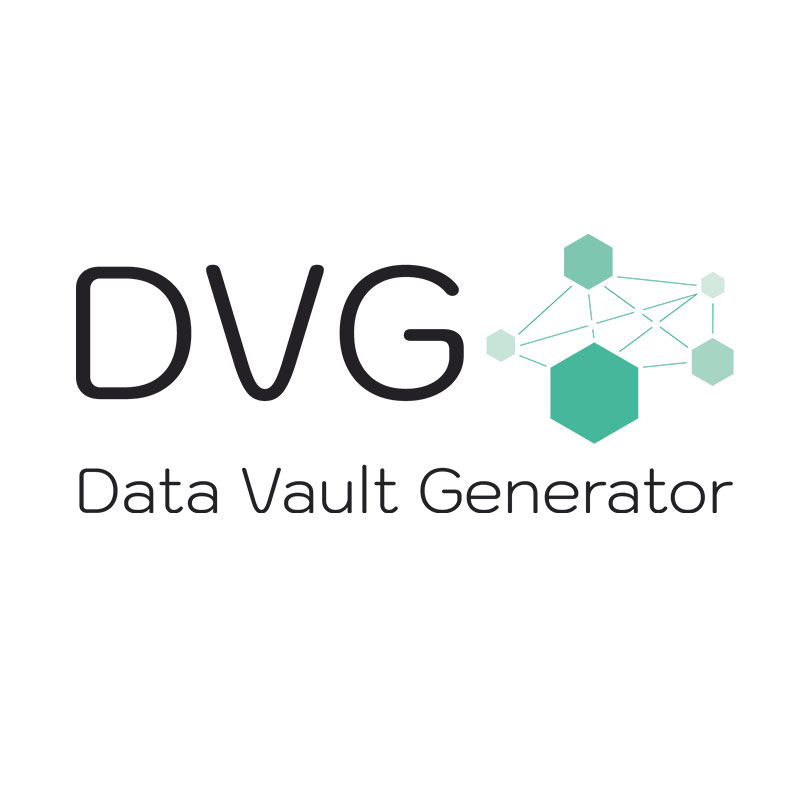DVG (DataVault Generator) focuses on the automation of the entire project processes in a DataVault project. This includes documentation, analysis, code creation, data lineage, the data catalog, technical business rules, deployment, installation, migrations, data quality checks, tests, productive loads, GDPR compliance, target group-specific data marts, bitemporal history, correction/simulation runs and more.
This means that developers can be completely dispensed with in the project and the DWH can be created by data modelers with a technical focus.
The DVG achieves a high level of efficiency because only a small amount of metadata is recorded and the recording is optimally supported by code completion, templates, reference checks and other features. Misconfigurations are avoided because a validation and reference check takes place immediately during input. The user receives error and warning messages immediately.
DVG consistently applies proven DevOps mechanisms and versions the metadata in Git. This means that all processes in the project can be 100% automated with CI/CD pipelines.
With the multi-environment support provided, different requirements can be implemented in parallel.
DVG is ideal for an agile project approach with frequent go-lives. Long implementation times are finally a thing of the past.
